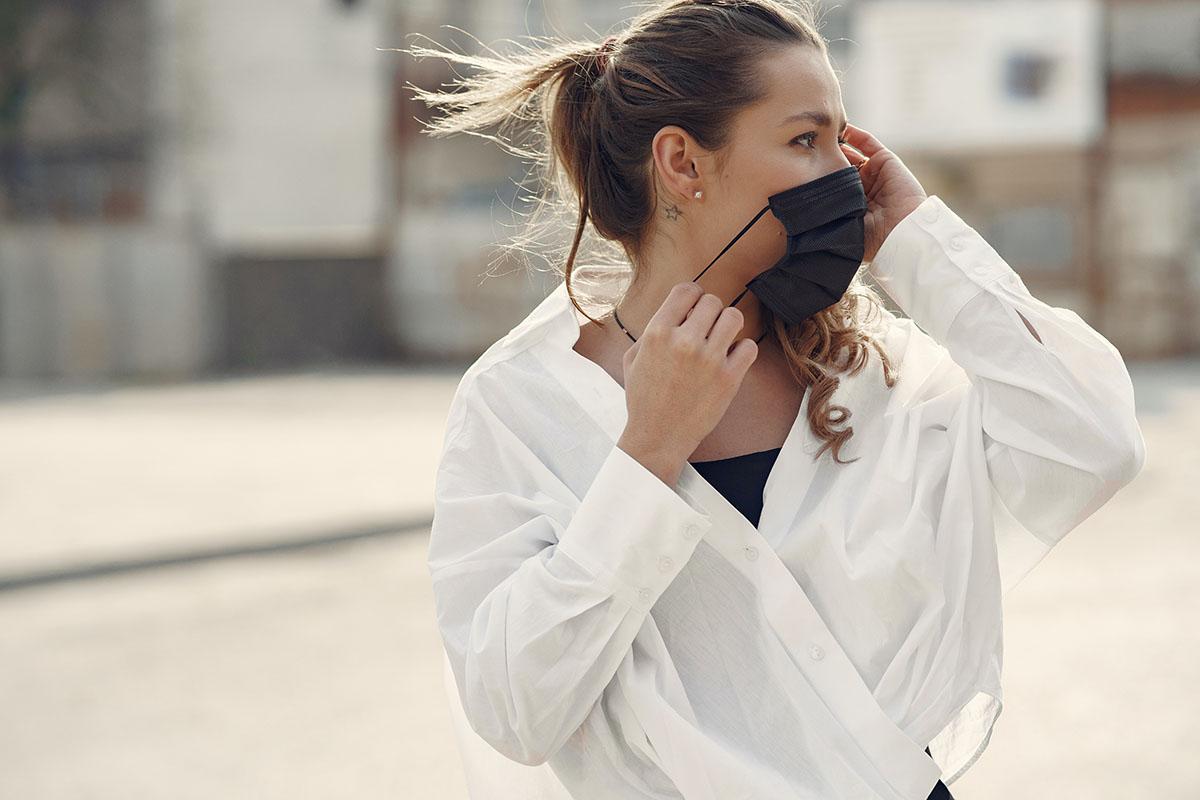Space is an important element in photography. It is not about outer space or galaxies but the way we use the area within our photographs. In this article we will understand how to use space effectively to transform your pictures from ordinary to extraordinary.
What is Space in Photography?
In photography, space doesn’t refer to the vast expanse of the cosmos but rather the area within the frame of your photograph. It’s about how you arrange and use the available space to convey your message or tell a story.

Positive and Negative Space

Positive Space: Positive space refers to the primary subject or subjects in your photograph. It’s the area that commands the viewer’s attention and is often the main focal point of the image. Positive space can be a person, object, building, or any other element you want to highlight.
Negative Space: Negative space is the area surrounding and between the positive space or subjects. It serves as a supporting or complementary element, offering context, balance, and breathing room within the composition. Negative space can be just as crucial as positive space in conveying meaning and enhancing the overall visual impact of a photograph.

Balancing Space
- Achieving a balance between positive and negative space is key to creating aesthetically pleasing and engaging photographs. The way you distribute space within your frame can significantly affect the composition and the message your image conveys.
- In some cases, you may want to emphasize the positive space by filling the frame with your subject, leaving minimal negative space. This can create a strong focal point and a sense of intimacy with the subject.
- On the other hand, incorporating generous negative space can help convey a sense of vastness, solitude, or tranquility. It can also make the viewer pause and contemplate the subject within its surroundings.
Creating Depth and Perspective
Space can be used to create a sense of depth and perspective in your photographs. For example, including foreground elements in the negative space can add layers to the image, making it feel more immersive. This technique can give viewers a feeling of stepping into the scene.
Storytelling and Mood
Space plays a crucial role in storytelling within photography. How you arrange elements within the frame can convey emotions and narratives. For instance, a subject placed within a small, confined space can evoke feelings of restriction or tension, while a subject surrounded by vast negative space might communicate freedom or isolation.
Leading Lines and Composition

The lines, shapes, and patterns within the space of your photograph can guide the viewer’s eye and enhance the composition. Leading lines, for example, can draw the viewer’s gaze through the frame, highlighting the relationship between the positive and negative space.
Framing and Enclosure
Natural or architectural elements within the frame can be used to frame your subject. This technique draws attention to the subject and can create a visually appealing composition. Common framing elements include doorways, windows, trees, or even the horizon.
Rule of Thirds and Spatial Composition

The rule of thirds is a compositional guideline that involves dividing the frame into a 3×3 grid. Placing key elements along these gridlines or at their intersections can help you make effective use of both positive and negative space, leading to balanced and visually pleasing compositions.
In essence, space in photography is a fundamental aspect of composition and visual storytelling. It’s about how you arrange and manipulate the elements within your frame to convey meaning, emotions, and aesthetic appeal. Whether you’re capturing landscapes, portraits, or any other subject, a keen understanding of space can greatly enhance your ability to create captivating and impactful images.
Thank you Pexels
